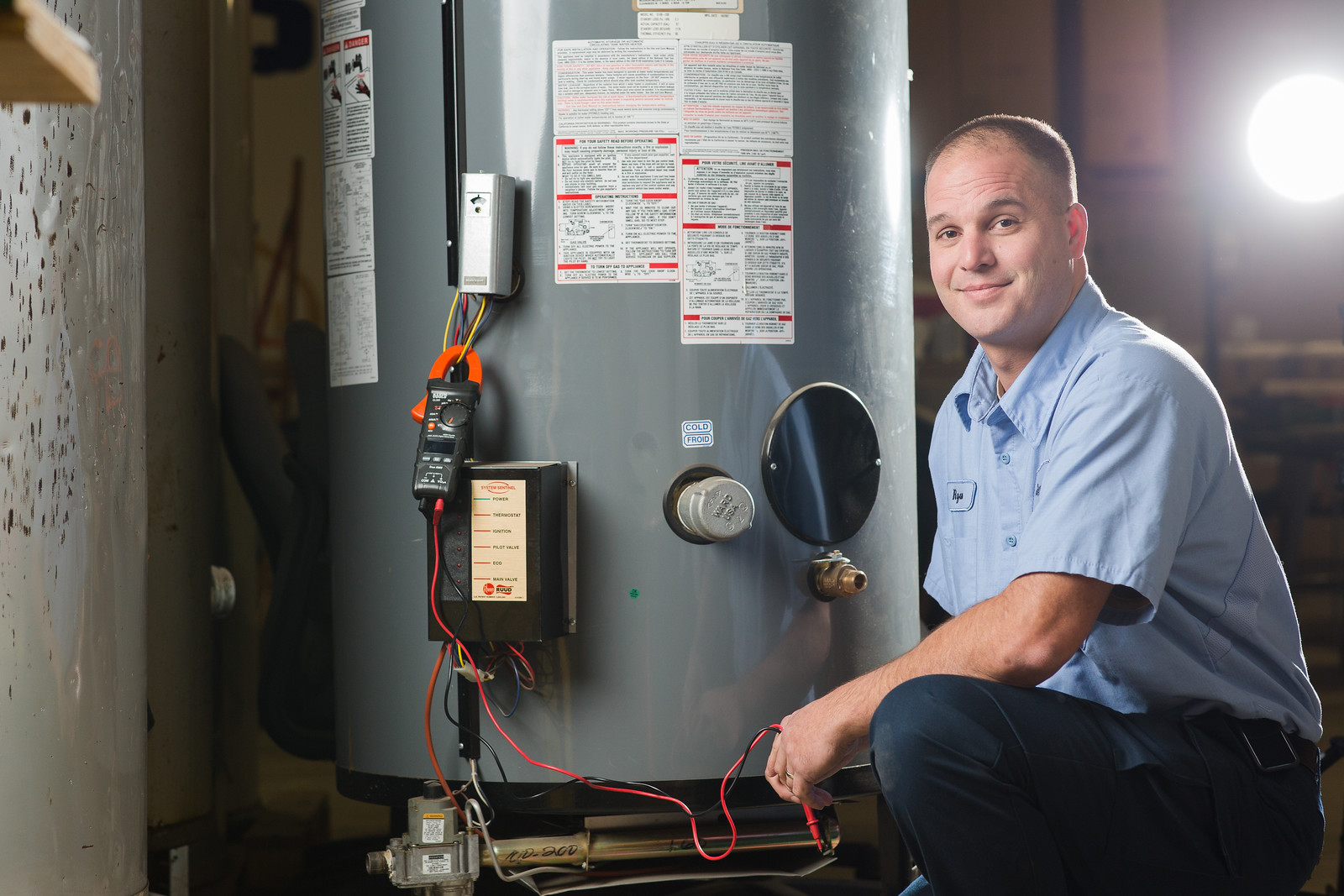Simple Guide to Maintaining Your Home's Hot Water System
Simple Guide to Maintaining Your Home's Hot Water System
Blog Article
Every person has their unique conception about How to Maintain Your Water Heater & Prolong its Life.

Warm water is vital for day-to-day comfort, whether it's for a revitalizing shower or washing meals. To ensure your warm water system runs successfully and lasts longer, routine upkeep is essential. This write-up provides functional pointers and insights on exactly how to maintain your home's hot water system to prevent disturbances and costly repair services.
Intro
Maintaining your home's hot water system may seem complicated, yet with a few basic actions, you can guarantee it runs smoothly for many years ahead. This overview covers everything from comprehending your warm water system to do it yourself maintenance suggestions and understanding when to contact specialist help.
Relevance of Maintaining Your Warm Water System
Normal maintenance not just expands the lifespan of your warm water system yet also guarantees it runs efficiently. Ignoring upkeep can lead to reduced effectiveness, greater power bills, and also early failure of the system.
Indications Your Warm Water System Demands Maintenance
Understanding when your warm water system requires attention can avoid significant concerns. Look out for indications such as irregular water temperature level, weird noises from the heater, or rusty water.
Flushing the Water Heater
Flushing your water heater removes sediment buildup, improving efficiency and lengthening its life.
Monitoring and Changing Anode Rods
Anode poles protect against deterioration inside the container. Checking and changing them when worn is crucial.
Facility Problems Needing Expert Assistance
Examples include major leakages, electric troubles, or if your hot water heater is constantly underperforming.
Routine Professional Maintenance Benefits
Professional maintenance can consist of detailed assessments, tune-ups, and making sure compliance with safety and security criteria.
Checking and Adjusting Temperature Setups
Readjusting the temperature settings ensures optimum efficiency and security.
DIY Tips for Upkeep
You can execute numerous maintenance jobs yourself to keep your warm water system in top condition.
Looking for Leakages
Frequently inspect pipelines and links for leaks, as these can bring about water damages and higher costs.
Comprehending Your Hot Water System
Prior to diving right into maintenance tasks, it's helpful to recognize the fundamental components of your warm water system. Usually, this includes the hot water heater itself, pipes, anode poles, and temperature controls.
Monthly Upkeep Tasks
Regular month-to-month checks can aid capture minor problems before they rise.
Examining Stress Relief Valves
Checking the pressure safety valve ensures it operates correctly and protects against extreme stress accumulation.
Shielding Pipes
Shielding hot water pipelines decreases warmth loss and can save power.
When to Call a Professional
While do it yourself maintenance is advantageous, some concerns require expert expertise.
Final thought
Regular maintenance of your home's hot water system is crucial for effectiveness, long life, and cost financial savings. By following these suggestions and recognizing when to seek expert aid, you can guarantee a trusted supply of hot water without unforeseen disturbances.
How to Maintain an Instant Hot Water Heater
Before tinkering with your hot water heater, make sure that it’s not powered on. You also have to turn off the main circuit breaker and shut off the main gas line to prevent accidents. Also turn off the water valves connected to your unit to prevent water from flowing into and out of the appliance. 2. When you’re done, you have to detach the purge valves’ caps. These look like the letter “T†and are situated on either side of the water valves. Doing so will release any pressure that has accumulated inside the valves while at the same time avoid hot water from shooting out and burning your skin. 3. When the purge valves’ caps are removed, you have to connect your hosing lines to the valves. Your unit should have come with three hoses but if it didn’t, you can purchase these things from any hardware or home repair shops. You can also get them from retail stores that sell water heating systems. Read the user’s manual and follow it to complete this task properly. When the hosing lines are connected, open the purge port’s valves. 4. You should never use harsh chemical cleaners or solutions when cleaning your unit. Make use of white vinegar instead. It should be undiluted and you’ll probably use about 2 gallons. 5. Now flush your water heater. This task should probably take about 40 minutes. We can’t give you specific directions for this because the procedure is carried out depending on the type, model and brand of your heater. With that being said, refer to the user’s manual. 6. When you’re done draining the unit, you have to turn off the purge port valves again. Remove the hosing lines that you earlier installed on each of the water valves. Put the valve caps (purge port) back in their respective places and be very careful so as not to damage the rubber discs that are found inside these caps. 7. Now that everything’s back in place, check your user’s manual again to find out how to reactivate your water heating system. 8. Once it is working, turn one of your hot water faucets on just to let air pass through the heater’s water supply pipes. Leave the tap on until water flows smoothly out of it. https://www.orrplumbing.com/blog/2014/september/how-to-maintain-an-instant-hot-water-heater/

As a keen person who reads about How to Maintain Your Water Heater & Prolong its Life, I assumed sharing that segment was beneficial. In case you enjoyed our blog post plz consider to share it. I cherish reading our article about Tips on Maintaining a Water Heater.
Need Help? Hire Us Now! Report this page